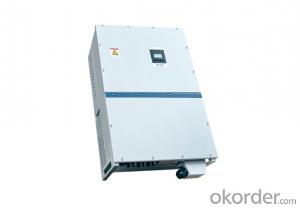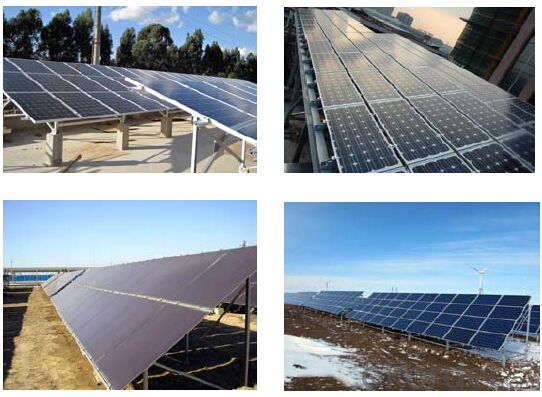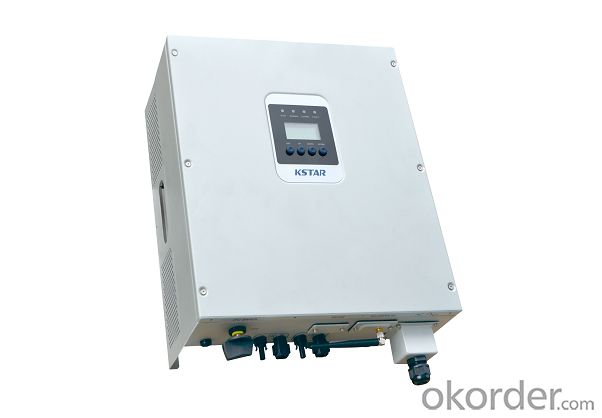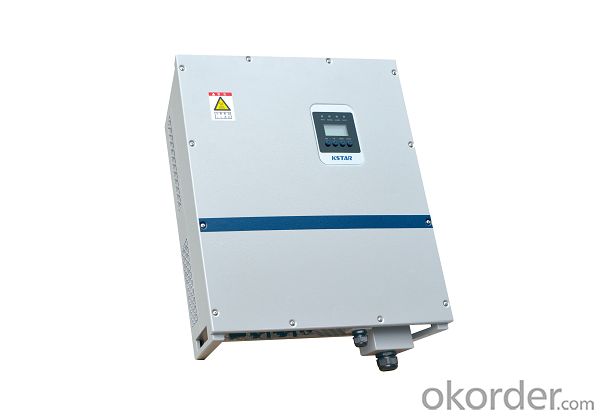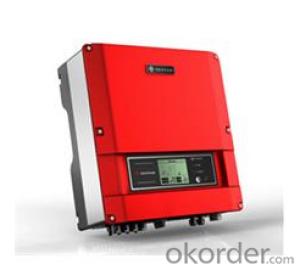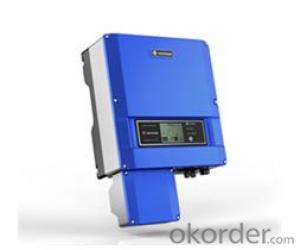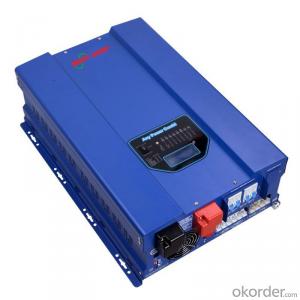Tesla Solar Inverter Price - String Grid-Tied PV Inverter 30KW / 50KW / 60KW
- Loading Port:
- Guangzhou
- Payment Terms:
- TT OR LC
- Min Order Qty:
- 10 unit
- Supply Capability:
- 10000 unit/month
OKorder Service Pledge
OKorder Financial Service
You Might Also Like
String Grid-Tied PV Inverter 30KW / 50KW / 60KW
Product features
· Max PV Voltage up to 1000V
· Three MPPT
· High efficiency up to 98.6%
· IP65 protection
· Easy installation
· Reactive power controller
· Digital controller
Product Parameter
Q 1. what's the payment term?
A. We accept TT,30% deposit and 70% balance agaisnt copy of BL
Q 2. how's the delivery time ?
A. usually it will take about 25 days for production
Q 3. tell me the standard of package?
A. For the small capacity, it use carton, but for big capacity, we will use strong wooden case for protection.
Q 4. what kind of material of transformer?
A. we have two types, one 100% copper and the other is copper with aluminum.It depends on your requirment. In fact,those two have no difference if normal work well. Only except the longlife. Copper is better and also higer price.
Q 5.Could you offer Form A or C/O ?
A. It totally not a problem. We can prepare relative documents to forgin affairs office or other office to apply for this certificate.

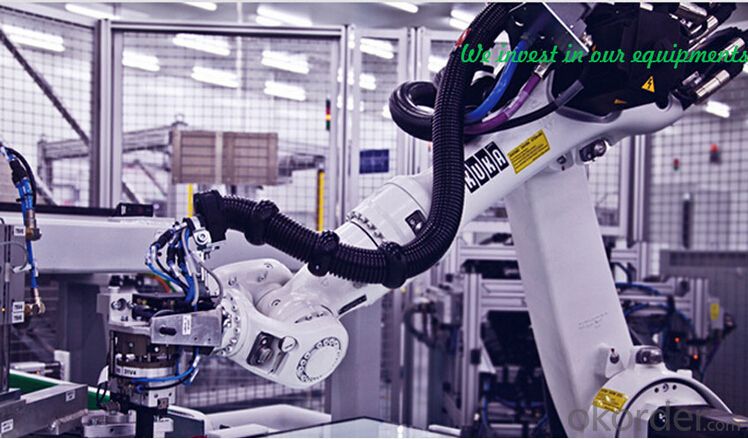
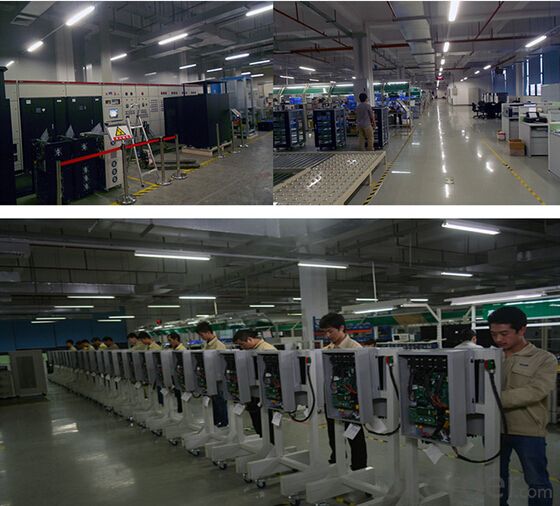
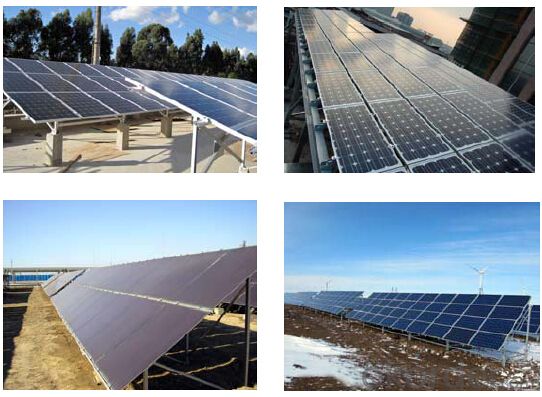
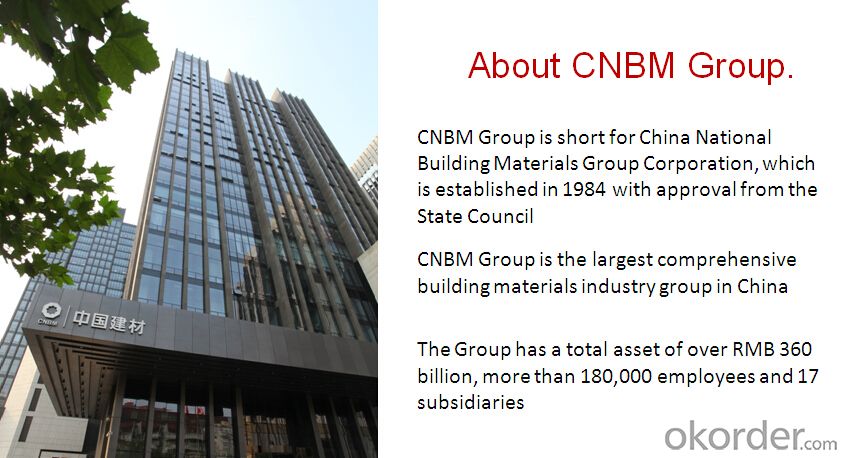
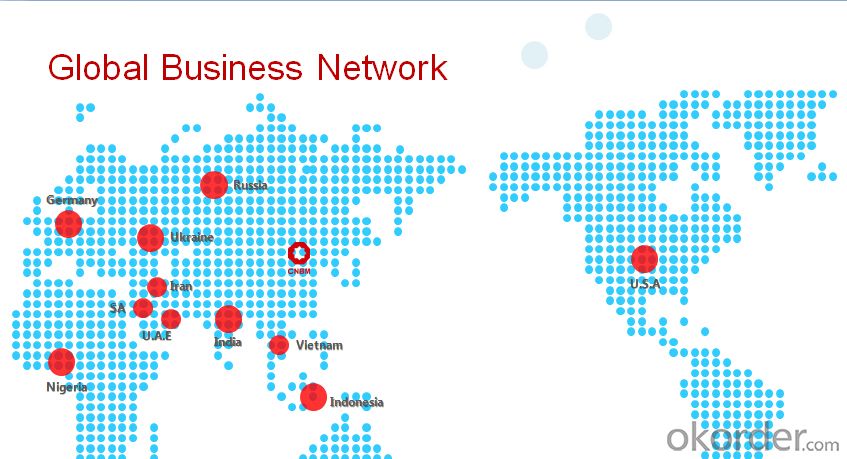
- Q: How does a solar inverter handle varying solar irradiance levels?
- A solar inverter handles varying solar irradiance levels by continuously monitoring the incoming solar power and adjusting its output accordingly. It employs a maximum power point tracking (MPPT) algorithm that optimizes the energy conversion from the solar panels to the desired AC power output. When solar irradiance levels fluctuate, the inverter dynamically adapts to ensure the maximum power is extracted from the solar panels. This allows for efficient energy conversion and maximum utilization of the available solar power.
- Q: How does a solar inverter handle grid frequency deviations?
- A solar inverter handles grid frequency deviations by continuously monitoring the frequency of the electrical grid. If the grid frequency deviates from the standard frequency, the inverter adjusts its output frequency accordingly to maintain synchronization with the grid. This ensures that the solar power generated by the inverter is in phase with the grid frequency, allowing seamless integration of the solar power into the grid system.
- Q: What is the efficiency of a solar inverter?
- The efficiency of a solar inverter refers to its ability to convert the direct current (DC) generated by solar panels into alternating current (AC) for use in homes or businesses. It is typically expressed as a percentage and indicates how effectively the inverter can convert the solar energy into usable electricity. Higher efficiency means less energy loss during the conversion process, resulting in more efficient utilization of the solar power.
- Q: Can a solar inverter be used for residential applications?
- Yes, a solar inverter can be used for residential applications. In fact, it is commonly used in residential solar power systems to convert the direct current (DC) generated by solar panels into alternating current (AC) that can be used to power household appliances and electronics.
- Q: What is the role of frequency support in a solar inverter?
- The role of frequency support in a solar inverter is to ensure that the electricity generated by the solar panels is synchronized with the frequency of the electrical grid. This support is necessary to maintain grid stability and prevent any disruptions caused by fluctuations in frequency. The solar inverter monitors the grid frequency and adjusts the output of the solar panels accordingly, either by increasing or decreasing the power generation, to match the grid's frequency requirements.
- Q: How does a solar inverter handle reactive power compensation?
- A solar inverter handles reactive power compensation by utilizing reactive power control techniques. It can dynamically regulate the amount of reactive power injected into or absorbed from the electrical grid. This helps maintain the power factor at the desired level, improving system efficiency and reducing grid instability caused by reactive power fluctuations.
- Q: Can a solar inverter be used with a ground-mounted solar panel system?
- Yes, a solar inverter can be used with a ground-mounted solar panel system. The solar inverter is responsible for converting the DC (direct current) produced by the solar panels into AC (alternating current) that can be used to power appliances and feed into the electrical grid. Whether the solar panels are mounted on the ground or on a rooftop, the solar inverter plays a crucial role in the overall functioning of the system.
- Q: How does the power factor correction affect the performance of a solar inverter?
- Power factor correction (PFC) plays a significant role in improving the performance of a solar inverter. By correcting the power factor, the inverter can efficiently convert DC power from the solar panels into AC power for use in homes or the grid. A high power factor ensures that the inverter operates at its maximum capacity, reducing power losses and improving overall energy efficiency. Additionally, a well-corrected power factor minimizes harmonic distortion, resulting in a stable and reliable operation of the solar inverter.
- Q: Can a solar inverter be used with a solar-powered remote sensing system?
- Yes, a solar inverter can be used with a solar-powered remote sensing system. The solar inverter is responsible for converting the direct current (DC) generated by the solar panels into alternating current (AC) that can be used to power the remote sensing system.
- Q: How do you choose the right size of solar inverter for a system?
- To choose the right size of solar inverter for a system, several factors need to be considered. First, calculate the total wattage of all the solar panels in the system. This can be done by multiplying the wattage rating of each panel by the number of panels. Next, determine the maximum power output of the panels by considering factors such as shading and panel orientation. This will help you determine the maximum power in watts that the inverter needs to handle. Additionally, consider the inverter's efficiency and make sure it can handle the maximum power output of the panels. It is also important to consider future expansion plans and potential power requirements. Finally, consult with a professional or refer to the manufacturer's guidelines to ensure the chosen inverter is compatible with the system's voltage and other technical specifications.
Send your message to us
Tesla Solar Inverter Price - String Grid-Tied PV Inverter 30KW / 50KW / 60KW
- Loading Port:
- Guangzhou
- Payment Terms:
- TT OR LC
- Min Order Qty:
- 10 unit
- Supply Capability:
- 10000 unit/month
OKorder Service Pledge
OKorder Financial Service
Similar products
Hot products
Hot Searches
Related keywords
